This galaxy's central black hole appears to be a "messy eater" as its interstellar scraps are strewn into space. A distant galaxy is home to a rav
This galaxy’s central black hole appears to be a “messy eater” as its interstellar scraps are strewn into space.
A distant galaxy is home to a ravenous supermassive black hole that appears to be playing with its food in a lively new image from the Very Large Telescope, reported Space.com.

Located over 12 million light-years from Earth, a spiral galaxy known as NGC 4945 is blowing powerful winds of material from the supermassive black hole located at its core.
Using the European Southern Observatory’s (ESO) Very Large Telescope (VLT), which is located on Cerro Paranal mountain in the Atacama Desert of northern Chile, astronomers captured an up-close view of the galaxy’s active core and the fast winds flowing out from the black hole, reported Space.com.The photo suggests that interstellar ‘scraps’ of matter are being strewn into space as the hungry black hole chows down on its dinner. “At the very center of nearly every galaxy is a supermassive black hole,” ESO officials said in a statement accompanying the new VLT image on March 31. “Some, like the one at the center of our own Milky Way, aren’t particularly hungry. But NGC 4945’s supermassive black hole is ravenous, consuming huge amounts of matter.”
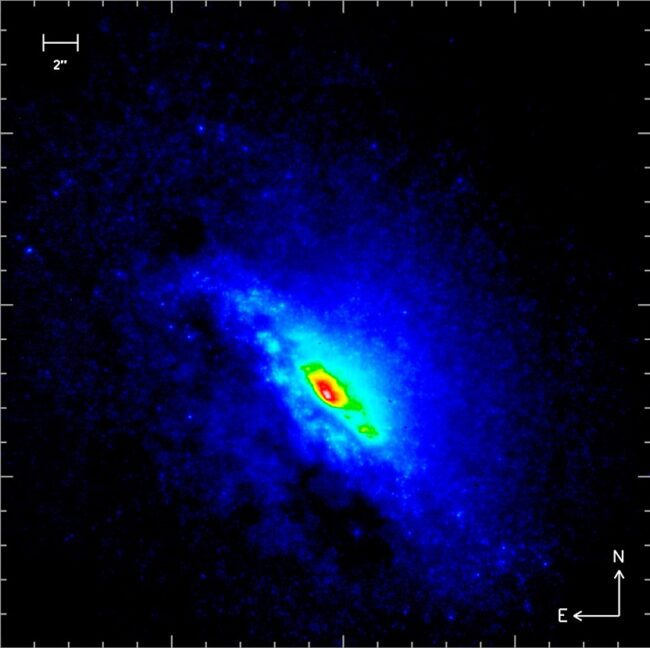
The galactic winds, represented as bright cone-shaped jets of material in the image, are moving so fast that the gas and dust is likely escaping the galaxy and being ejected into intergalactic space before the black hole can even feast on it, reported Space.com.
“This messy eater, contrary to a black hole’s typical all-consuming reputation, is blowing out powerful winds of material,” ESO officials added.
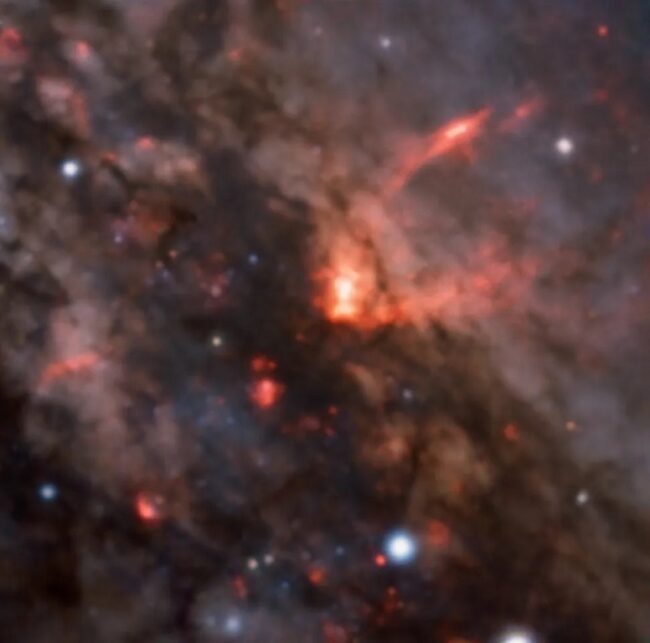
The recent VLT observations were taken as part of a larger study on how winds move in galaxies. The MUSE data shows that the galactic winds observed in NGC 4945 speed up as they travel away from the central black hole, toward the outskirts of the galaxy. This is unusual behavior, given galactic winds generally slow down as they travel further outwards in a galaxy.
These fast-moving winds can have a significant impact on their host galaxy. By ejecting material from the galaxy, the winds inhibit star formation, reported Space.com.
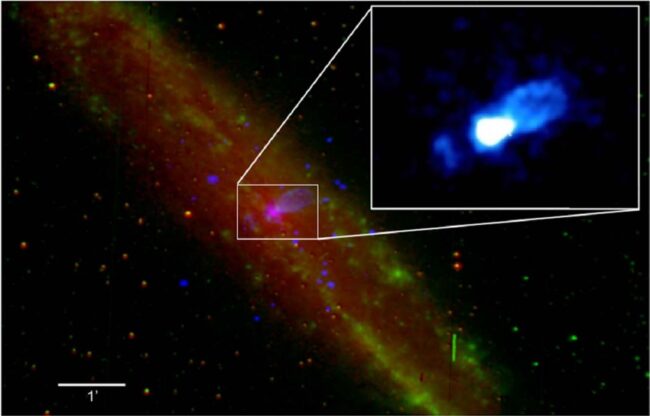
“It also shows that the more powerful black holes impede their own growth by removing the gas and dust they feed on, driving the whole system closer towards a sort of galactic equilibrium,” ESO officials said in the statement. “Now, with these new results, we are one step closer to understanding the acceleration mechanism of the winds responsible for shaping the evolution of galaxies, and the history of the universe.”
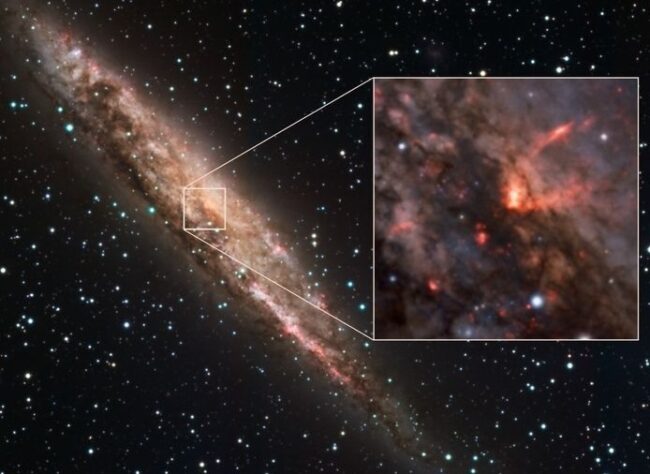
In the up-close view of NGC 4945, the galaxy’s active core is obscured by dust and gas drawn to this area by the strong gravitational pull of the black hole, which feeds on the interstellar material. The glowing galactic winds shine through the dust and gas clouds, flowing out from the black hole. The zoomed-in view was overlaid on a wider image of NGC 4945, taken by the MPG/ESO telescope at La Silla, Chile, as reported by Space.com.
All Credit To: Space.com


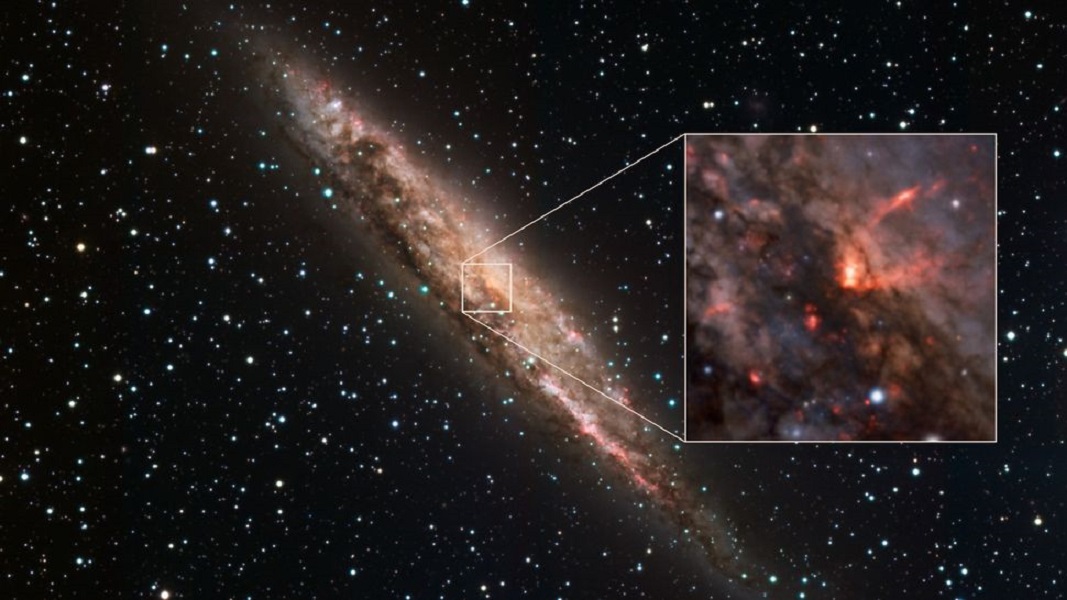
COMMENTS